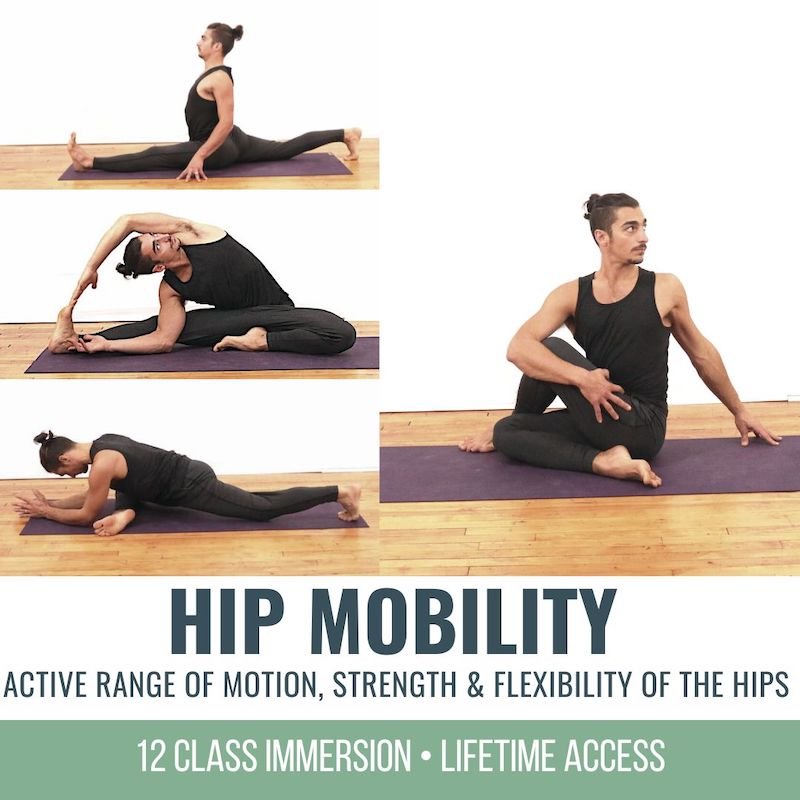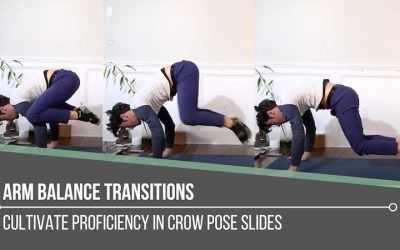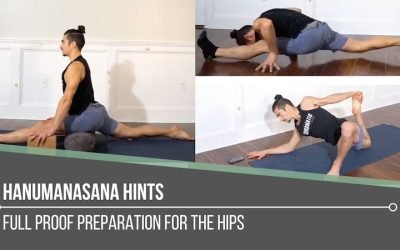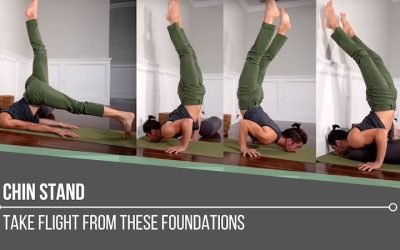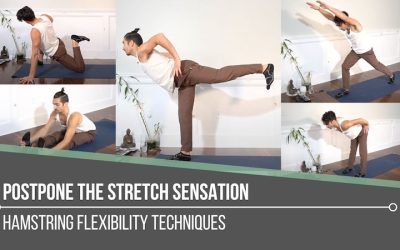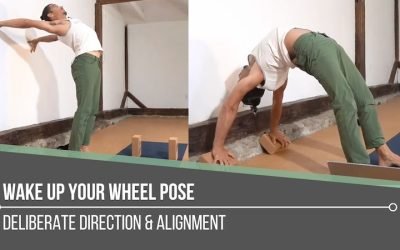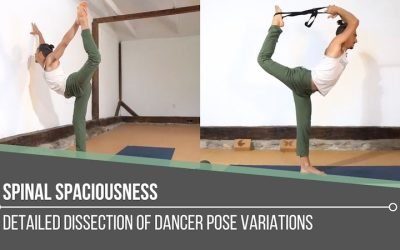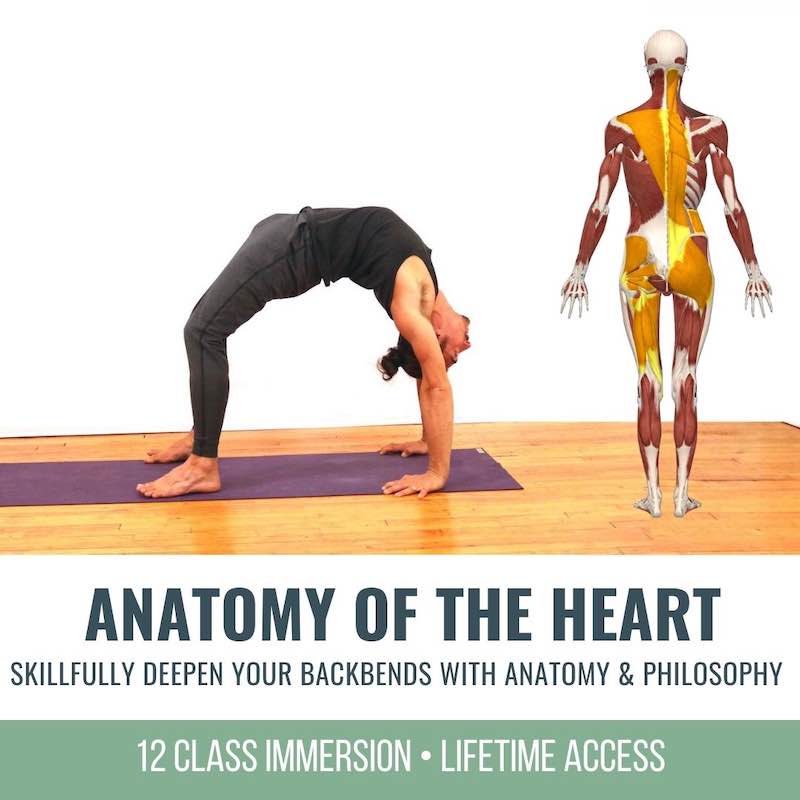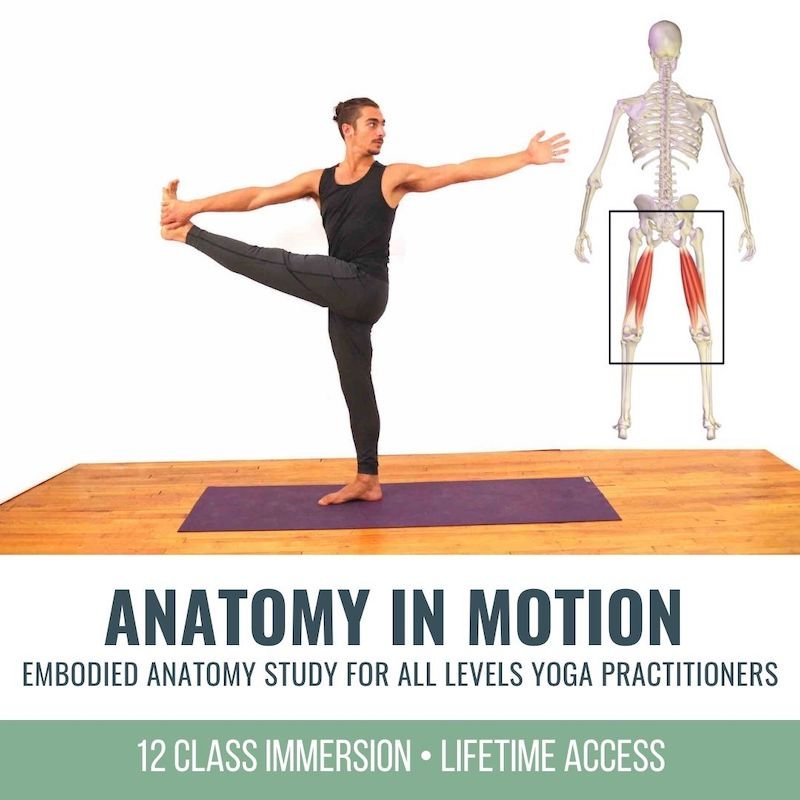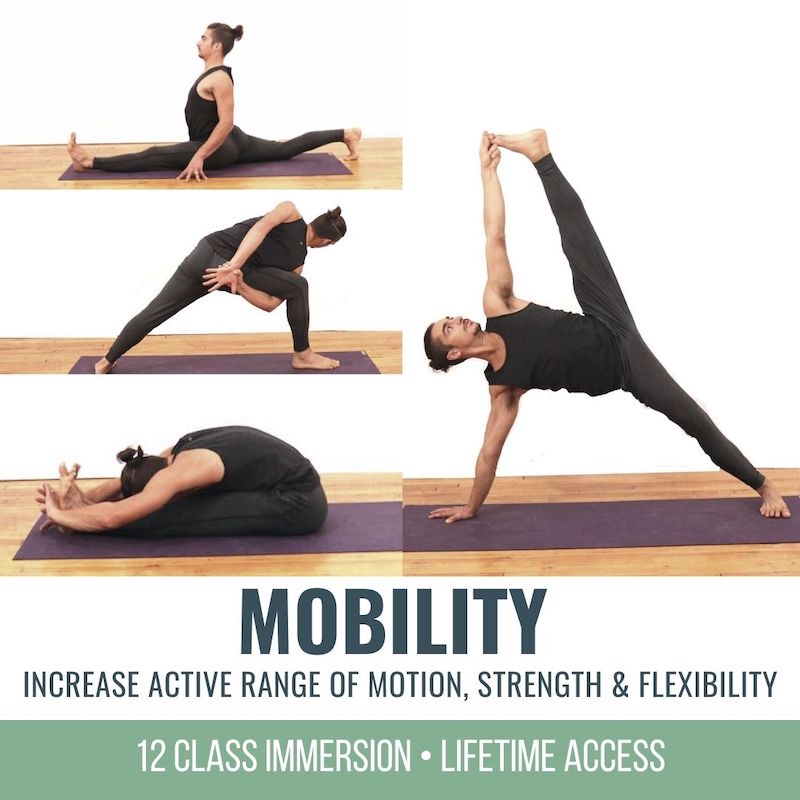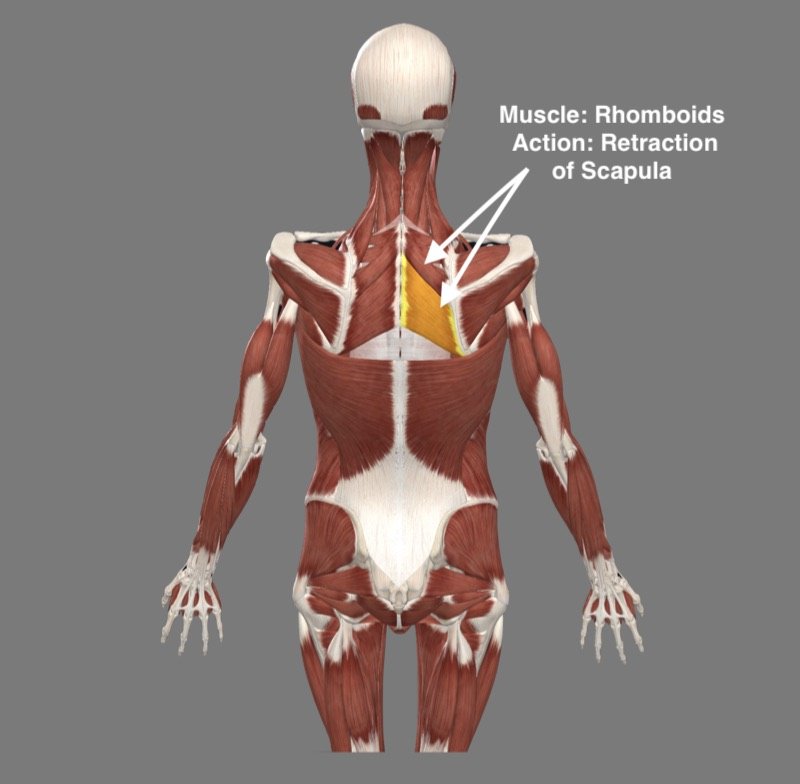Arm Balance TransitionskakasanaARM BALANCE TRANSITIONS Arm balance postures can be challenging enough without attempting to layer on a smooth transition in and out of them. However, fluid transitions are a natural progression in our yoga practice; they also provide...
theyogimatt on deep rooted bliss podcast
DEEP ROOTED BLISS PODCAST INTERVIEW
FINDING FULFILLMENT AS A YOGA TEACHER & ENTREPENEUR
COURAGE
DEEP ROOTED BLISS INTERVIEW
OVERCOMING BURNOUT AND FINDING FULFILLMENT AS A YOGA TEACHER
In 2014 Rebecca Doring, founder and host of the Deep Rooted Bliss Podcast, came to me seeking support. At that time, I had just launched what became my first online offer, called “The Mentorship Mastery Program.” My time mentoring Rebecca was as important to my growth as it was to hers. We were both on the path toward making huge shifts in our career, but of course we didn’t know that at the time. Rebecca went from full-time massage therapist to full-time yoga instructor to where she is today: meditation coach, podcast host, and online entrepreneur.
As for me, in this time I went from teaching full-time in Manhattan to leading workshops and trainings around the US, Europe, and Asia to where I am now, leading online yoga immersions and 200-hour and 300-hour teacher trainings.
Following your passion, your dreams and authentic expression is not as glorious as it seems.
Today, business coaches, entrepreneurs, and yoga teachers alike will glorify self-employment, making it seem like the grass is always greener when you can work for yourself. And indeed I can’t disagree, but if you are thinking of making the leap, or if you already have done so, there are some things you should definitely consider. In this podcast, Rebecca and I discuss some of the struggles of being a yoga instructor and/or entrepreneur, and what you can do to to achieve success without burnout.
I highly recommend subscribing to Rebecca’s podcast, Deep Rooted Bliss, on your favorite place to listen to podcasts. I personally listen in weekly to get inspired to live my life on purpose. She provides incredible insight for meditation, personal growth, and living a life filled with bliss.
LISTEN TO THE PODCAST WITH REBECCA DORING AND MATT GIORDANO
UPCOMING ONLINE EVENTS & TEACHER TRAININGS
HIP MOBILITY
October 2022 Immersion
- Strengthen and lengthen your hips
- Increase active and passive range of motion
- Learn anatomical techniques to improve functionality
- Access a wider range of seated postures and hip openers
- 12 Classes: All levels appropriate
- Lifetime unlimited access to all
- Attend the livestream OR practice the replays any time that’s convenient for you
$148.00
FREE VIDEO & BLOG TUTORIALS
Arm Balance Transitions
Hanumanasana Hints
Hanumanasana HintssplitsHANUMANASANA HINTS Applying intelligent techniques to a posture like Hanumanasana is crucial—simply hoping for the best is definitely not the way to go! That mindset leaves us vulnerable to injury. Hanumanasana is also the type of pose that can...
Chin Stand
Chin Standganda bherundasanaCHIN STAND Without a doubt, Chin Stand requires preparation. This posture must be approached with the utmost humility, essential in order to respect the potential risk. If this pose is not explored regularly in our physical practice, it may...
Postpone The Stretch Sensation
Postpone the Stretch SensationflexibilityPOSTPONE THE STRETCH SENSATION If one of the goals of our physical yoga practice is to increase flexibility, we may automatically believe that we just need to stretch more. It’s critical that we understand that increasing...
Wake Up Your Wheel Pose
Wake Up Your Wheel Poseheart openerWAKE UP YOUR WHEEL POSE We don’t have to question it—we know whether or not we’re feeling open, free, and strong in Wheel Pose. There’s a lightness and expansiveness that takes over when everything falls into place: From the initial...
Spinal Spaciousness
Spinal Spaciousnessdancer poseSPINAL SPACIOUSNESS Some key indicators of spinal health include strong bones, durable yet flexible ligaments, supple discs, and strong supportive muscles. Aside from nutrition, it’s not enough to say that movement in general is enough to...
THE FREE TECHNIQUE PACK
When You Subscribe, You Will Get Instant Access to
- the Technique Pack: 15 yoga pose breakdowns
- exclusive online course discounts
- exclusive blogs and videos

